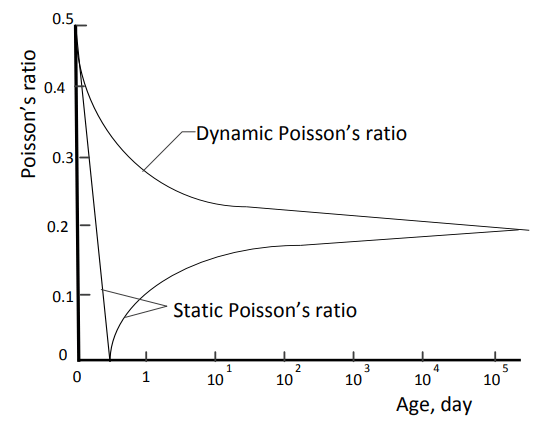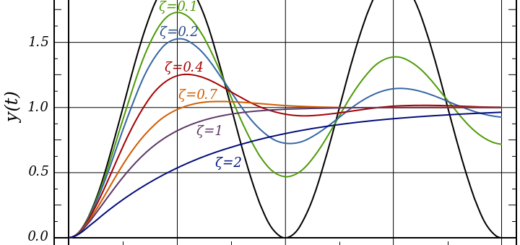Poisson Ratio of Concrete
The Poisson ratio of concrete is a very important parameter in stress and strain calculations. It represents the relationship between stress and strain.
The Poisson ratio cannot be obtained from the direct relationship between stress and strain. There is a principle to calculating the Poisson’s ratio. This was invented by the French Mathematician Simeon Poisson.
The Passions ratio can be calculated from the following equation as proposed by Simeon Poisson.
ν = Longitudinal Strain / Lateral Strain
When a member is strained longitudinally, strain in the transverse direction will be developed. The ratio between the longitudinal and transverse is calculated as Poisson’s ratio.
When we calculate the Longitudinal stress, a part of it will be transferred as transverse stress. This relationship is built through the Poisson ratio. If the longitudinal stress of a section remains the same, there is no requirement of having a poison ratio.
The concrete Poisson ratio is generally in the range of 0.15 – 0.25.
The Poisson ratio is considered in determining the deflection and stress development in engineering calculations. This is used as a Constance when we calculate the stresses and deflection of elements such as beams, plates, shells, etc.
The above figure was obtained from the research publication “The Effect of Mix Proportions and Method of Testing on
Poisson’s Ratio for Mortars and Concretes”. As it appears, the concrete Poisson ratio varies with time. Though a high Poisson ratio is indicated at the initial stage of the concrete, the time it can be observed is a rapid drop.




